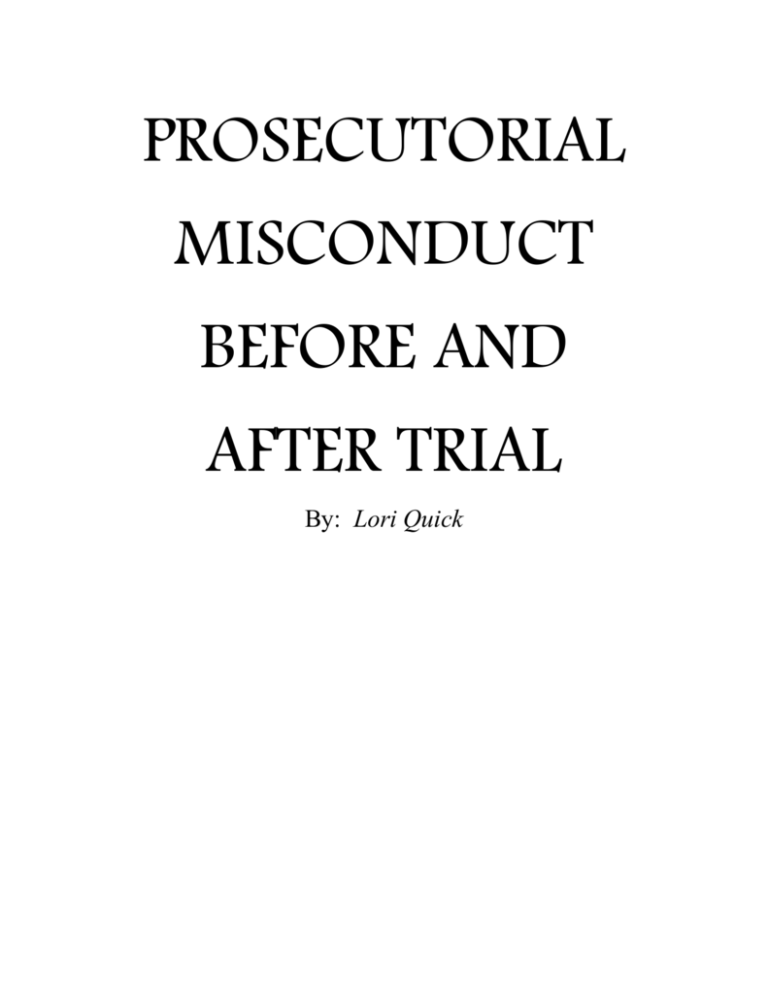Ohio Train Disaster: Long-Term Impact Of Lingering Toxic Chemicals On Buildings

Table of Contents
Assessing the Extent of Contamination
The derailment released a cocktail of hazardous chemicals, including vinyl chloride, butyl acrylate, and ethylene glycol monobutyl ether. These substances pose significant risks to human health and the environment, demanding a thorough assessment of their impact on nearby buildings.
Types of Chemicals Released
- Vinyl Chloride: A known carcinogen, vinyl chloride is highly volatile and can easily infiltrate buildings through air infiltration.
- Butyl Acrylate: This irritant can cause respiratory problems and skin irritation, potentially leaving residue on building surfaces.
- Ethylene Glycol Monobutyl Ether: This chemical can be absorbed through the skin and inhaled, leading to various health issues. Its presence in groundwater poses a serious threat.
Contamination Pathways
The released chemicals can affect buildings through several pathways:
-
Air Infiltration: Volatile chemicals can penetrate building envelopes, contaminating indoor air.
-
Groundwater Contamination: Leaking chemicals can contaminate groundwater, potentially affecting building foundations and basements through seepage.
-
Surface Runoff: Rainfall can carry chemicals into storm drains and onto building surfaces, leaving behind residue.
-
Examples of Contamination:
- Chemical residue on exterior building surfaces, requiring specialized cleaning.
- Seepage of contaminated groundwater into basements, leading to structural damage and health risks.
- Elevated levels of volatile organic compounds (VOCs) detected in indoor air samples, necessitating air quality remediation.
Methods for Assessing Contamination
Determining the extent of contamination requires comprehensive testing:
- Air Sampling: Analyzing indoor and outdoor air quality to detect the presence of VOCs and other hazardous chemicals.
- Soil Testing: Examining soil samples around buildings to identify chemical penetration and assess the level of ground contamination.
- Water Analysis: Testing groundwater and surface water sources for the presence of the released chemicals.
Remediation and Building Repair
Addressing the contamination requires a multi-pronged approach involving decontamination and building repair, a process fraught with financial and logistical challenges.
Decontamination Strategies
Decontamination methods vary based on the level of contamination:
- Professional Cleaning: Specialized cleaning services using appropriate cleaning agents and protective equipment.
- Specialized Equipment: Using technologies like HEPA filtration systems to remove airborne contaminants and specialized equipment for surface decontamination.
- Demolition: In cases of severe contamination, demolition and rebuilding may be the only viable solution. This is an expensive and environmentally impactful last resort.
Repair and Reconstruction Costs
The financial burden on building owners can be substantial:
-
Structural Repairs: Addressing foundation damage caused by contaminated groundwater.
-
Replacement of Contaminated Materials: Removing and replacing contaminated insulation, drywall, flooring, and other building materials.
-
HVAC System Replacement: Replacing HVAC systems compromised by chemical infiltration.
-
Examples of Costs: Remediation costs can range from thousands to millions of dollars depending on the severity of contamination and the size of the building.
Long-Term Monitoring
Ongoing monitoring is crucial to ensure the effectiveness of remediation efforts:
- Regular air quality testing to check for lingering VOCs.
- Periodic soil and water testing to monitor the long-term effects of contamination.
- Ongoing inspection of building materials for signs of deterioration or recurring contamination.
Long-Term Health Risks and Legal Ramifications
The long-term consequences of exposure to the released chemicals extend beyond immediate health concerns and include significant legal implications for affected parties.
Health Impacts of Exposure
Long-term exposure to the chemicals released in the Ohio train derailment can result in serious health problems:
- Cancer: Vinyl chloride is a known carcinogen, increasing the risk of various cancers.
- Respiratory Issues: Exposure to butyl acrylate and other irritants can cause chronic respiratory problems, such as asthma and bronchitis.
- Neurological Disorders: Certain chemicals can affect the nervous system, leading to neurological disorders.
Legal Recourse for Affected Property Owners
Property owners affected by the disaster may have legal recourse:
-
Negligence Lawsuits: Lawsuits against the responsible parties for negligence in the handling and transportation of hazardous materials.
-
Property Damage Claims: Claims for compensation to cover the costs of remediation, repairs, and lost property value.
-
Potential Class-Action Lawsuits: Collective legal action to address the widespread impact of the derailment and secure compensation for affected property owners.
-
Examples of Legal Actions: Several lawsuits have already been filed against Norfolk Southern, the railway company responsible for the train.
Conclusion
The Ohio train derailment presents a complex and evolving challenge, with the long-term impact of lingering toxic chemicals on buildings posing a significant threat to public health and the environment. Thorough contamination assessment, effective remediation strategies, and proactive long-term monitoring are vital for mitigating the risk. Furthermore, addressing the legal ramifications and ensuring accountability for those responsible for the disaster is crucial. Don't let the lingering effects of the Ohio train disaster compromise your building's safety. Take action today to assess and remediate toxic chemical contamination. Contact environmental specialists and legal professionals to understand your rights and options. Staying informed about the ongoing situation and supporting initiatives for environmental safety and accountability are paramount to preventing future tragedies and securing environmental justice.

Featured Posts
-
 Dubais Khazna Targets Saudi Data Center Market Following Silver Lake Deal
Apr 29, 2025
Dubais Khazna Targets Saudi Data Center Market Following Silver Lake Deal
Apr 29, 2025 -
 Chicago Office Market Meltdown The Rise Of Zombie Buildings
Apr 29, 2025
Chicago Office Market Meltdown The Rise Of Zombie Buildings
Apr 29, 2025 -
 How To Have A Happy Day February 20 2025
Apr 29, 2025
How To Have A Happy Day February 20 2025
Apr 29, 2025 -
 Wrexhams Rise Ryan Reynolds Investment Pays Off With Promotion
Apr 29, 2025
Wrexhams Rise Ryan Reynolds Investment Pays Off With Promotion
Apr 29, 2025 -
 Baseball Legend Johnny Damon Supports Trump Pushes For Roses Hof Entry
Apr 29, 2025
Baseball Legend Johnny Damon Supports Trump Pushes For Roses Hof Entry
Apr 29, 2025
Latest Posts
-
 Cardinals New Revelations Allegations Of Prosecutorial Misconduct In The Trial Of The Century
Apr 29, 2025
Cardinals New Revelations Allegations Of Prosecutorial Misconduct In The Trial Of The Century
Apr 29, 2025 -
 Cardinal Claims New Evidence Exposes Prosecutorial Misconduct In Trial Of The Century
Apr 29, 2025
Cardinal Claims New Evidence Exposes Prosecutorial Misconduct In Trial Of The Century
Apr 29, 2025 -
 Finding Nostalgia On You Tube Older Viewers Share Their Experiences
Apr 29, 2025
Finding Nostalgia On You Tube Older Viewers Share Their Experiences
Apr 29, 2025 -
 Returning To Beloved Shows How You Tube Caters To Older Viewers
Apr 29, 2025
Returning To Beloved Shows How You Tube Caters To Older Viewers
Apr 29, 2025 -
 London Real Estate Fraud British Court Upholds Vaticans Claim
Apr 29, 2025
London Real Estate Fraud British Court Upholds Vaticans Claim
Apr 29, 2025
